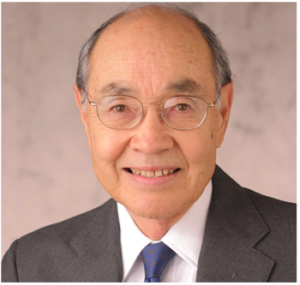Career Opportunities Link
Interested in a career in aerosol research? Check out job listings and opportunities here: https://www.aaar.org/resources/career-opportunities/
Key Dates/Reminders
The 2023 Annual Conference will be held in Portland, Oregon, October 2-6, 2023.
National Academies Inductees
If you or one of your AAAR colleagues has been inducted into one of the National Academies this year, please share the news with jwu@aaar.org.
AAAR Member Award Winners
If you or one of your AAAR colleagues has received an award, please send this information to jwu@aaar.org so that we can acknowledge the achievement.
AAAR Video Outreach
A newly proposed collaborative effort to promote teaching and outreach centered around aerosol science through video production is looking for AAAR community members who are interested in any of the following:
- Sharing their research with the public
- Providing and/or obtaining digital media resources
- Video production
- Suggesting topics for educational videos
These videos could be promoted and shared via AAAR’s social media channels, including Twitter and YouTube. We encourage participation from all levels of experience and sectors. Please contact Kayane Dingilian (kdingilian3@gatech.edu) if you have any questions and/or are interested in becoming involved with this collaboration.
Example from 2019 AAAR Video Contest: Carbon Capture: Recent Advances and Perspectives from Aerosol Science [AAAR 2019 Video Contest]
Remembering Walter John, an Aerosol Pioneer
In April, AAAR lost one of its early pioneers, Walter John. Walter was a leader in the development of atmospheric aerosol measurements and an active contributor to AAAR. He chaired the 1992 AAAR Conference held in San Francisco and served as a member of the AAAR Board from 1987 to 1992. For many years he was on the Editorial Board of Journal of Aerosol Science. He was 99.
Walter began his professional career as a nuclear physicist, working as a leader of the Nuclear Reactor Research Group at Lawrence Livermore Laboratory, a highlight of which was the discovering of a new mode of fission in Fermium. His professional career transitioned to aerosol science in the 1970s, sparked by the opportunity to participate in one of the first multi-investigator field projects, the Aerosol Characterization Experiment which focused on Los Angeles smog. Initially Walter applied neutron activation analysis to atmospheric aerosols. These efforts led to sampler development and to his new career.
In 1974 he became a senior research scientist at the Air and Industrial Hygiene Laboratory of the California Department of Health, a position he held for 18 years. There he studied ambient aerosols, developed and calibrated aerosol instruments, and conducted microscopy studies of many types of airborne particles. One of his inventions, an oiled frit impaction substrate, continues to be used in many airborne particle samplers. Another one of his developments, an algorithm to correct for particle density in aerodynamic particle sizing, was implemented in a commercial instrument. Perhaps he was most known for the design and calibration of a fine-particle, size-selective inlet used in the nationwide IMPROVE network operated by the US National Park Service. Walter played an important role in the development of the airborne particle standard for California, and then later at the national level, serving for many years on the American Conference of Industrial Hygienists committee on particle size selective sampling criteria. In recognition of these accomplishments, AAAR conferred on him the Benjamin Y. H. Liu Award in 2006.
Born in Newkirk, Oklahoma to a first-generation immigrant from China and a Kansas native, he served in the 69th Infantry Division during the Second World War, traversing Europe to the Elbe River. He was present at the historic meeting of American and Soviet military generals in April 1945. Following the war, he attended the California Institute of Technology on the G.I. bill, graduating with honors in Physics in 1950. He received his Ph.D. in nuclear Physics in 1955 at the University of California, Berkeley. Walter is survived by his wife of 69 years, Carol John, four children and five grandchildren.
In his quiet and humble way, Walter made scientific discoveries of significant practical importance throughout his long career. Both a gentleman and a scientist, always curious, always cheerful, and wonderfully inventive, Walter John was an inspiration and mentor to many.

This Issue’s Newsletter Committee:
Editor | Krystal Pollitt, Yale UniversitySenior Assistant Editor | Justice Archer, University of BristolJunior Assistant Editor | Dong Gao, Yale UniversityGuest Contributor | Sarah Petters, Aarhus University